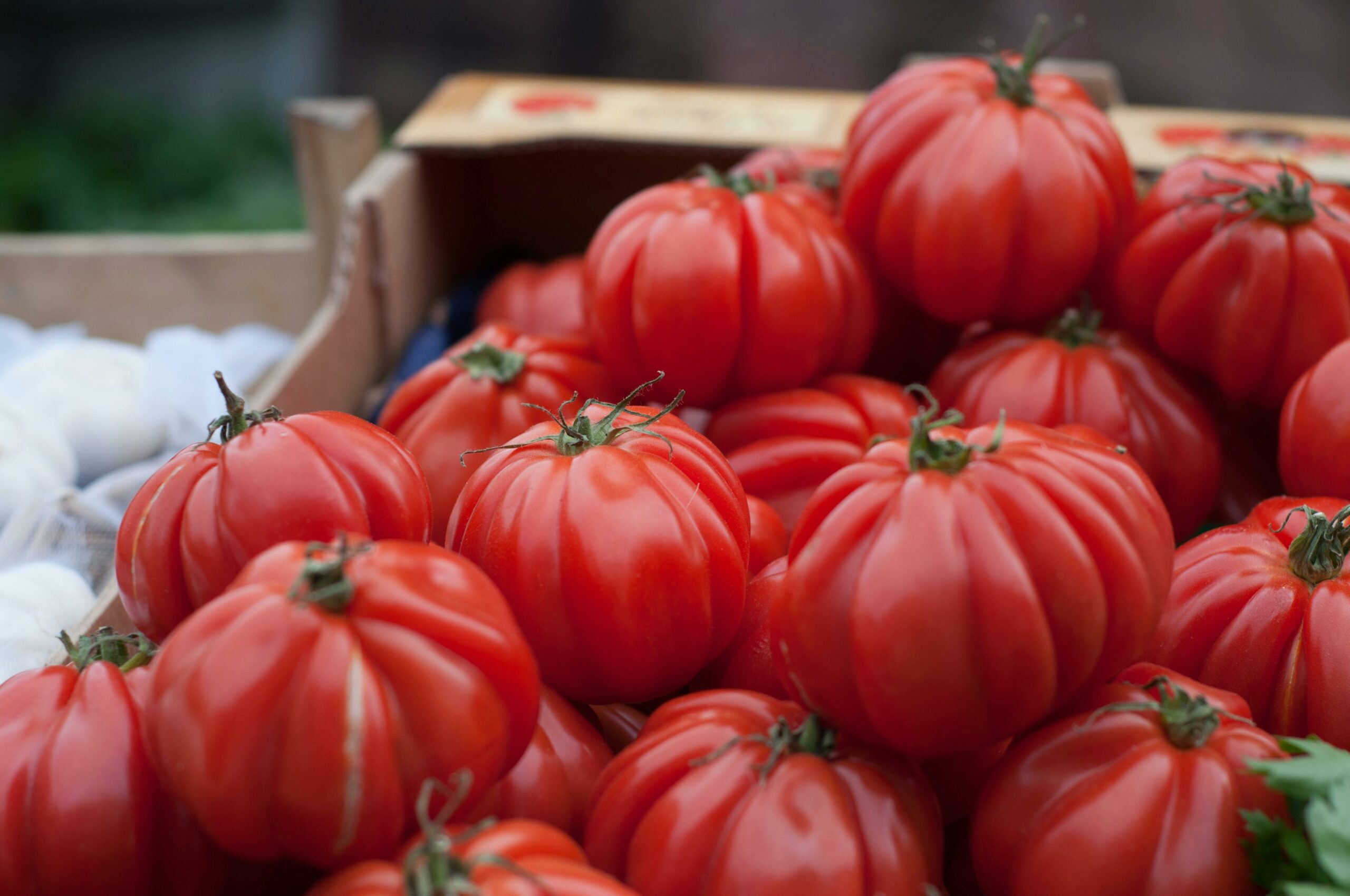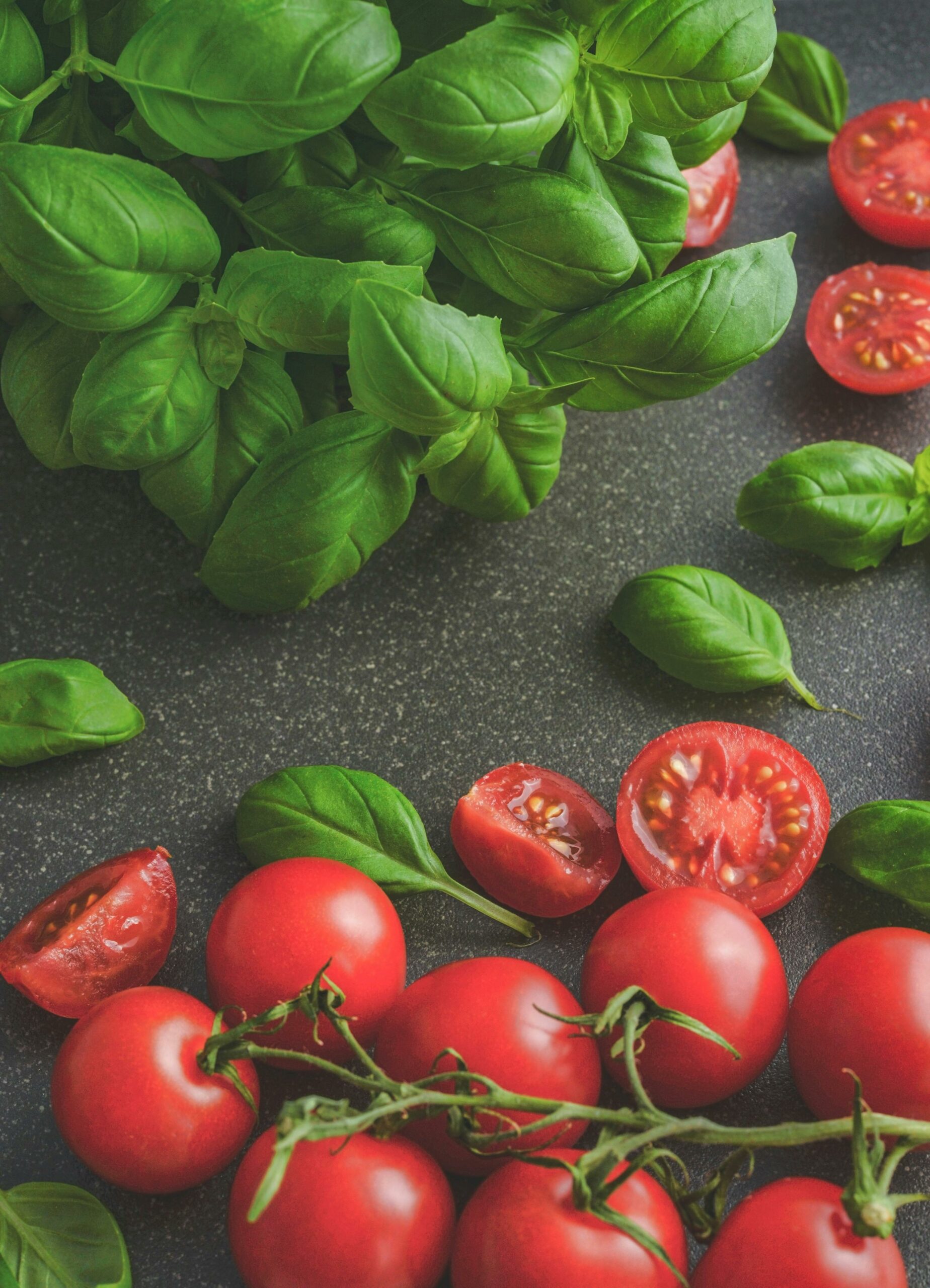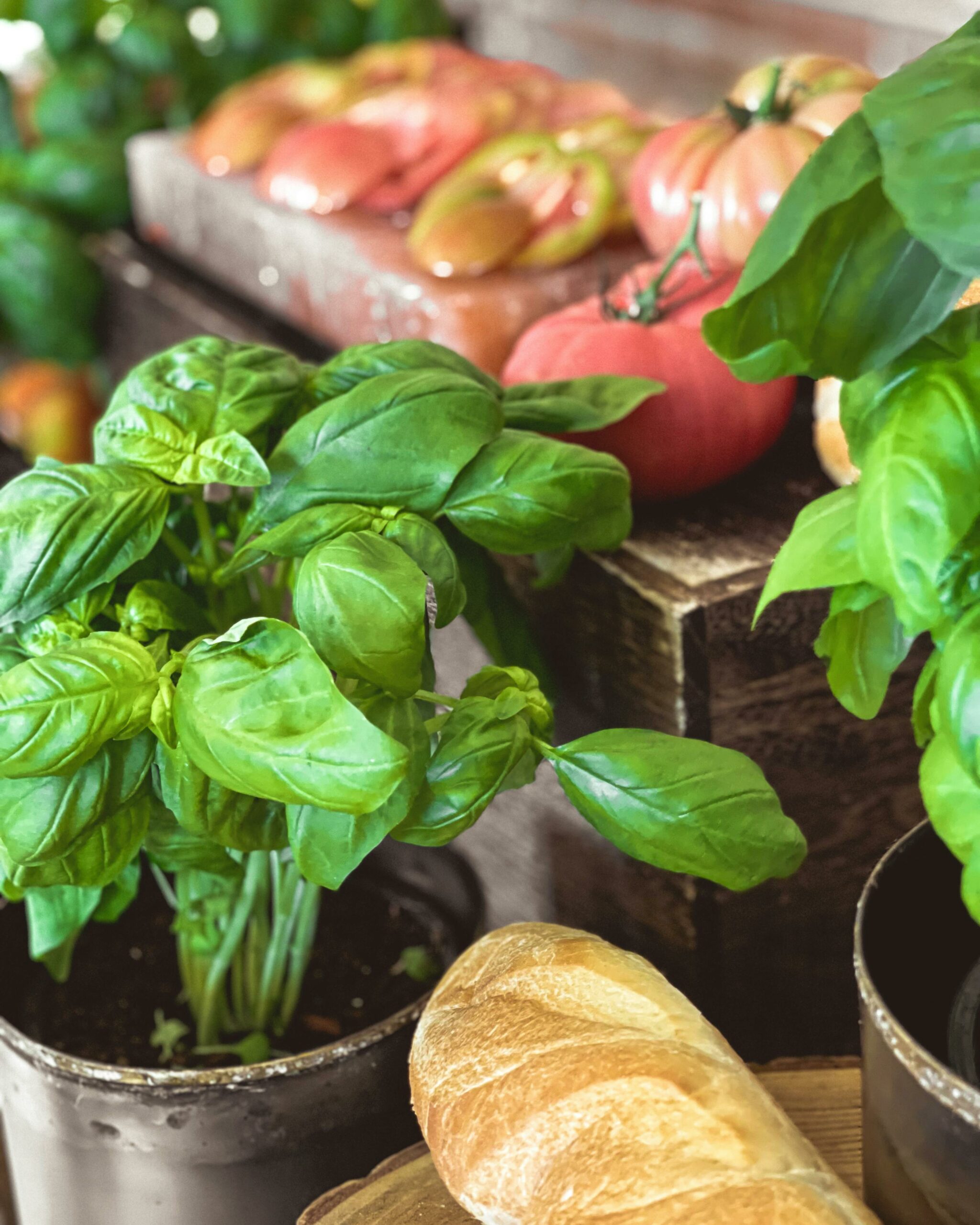How to Prevent Splitting and Cracking in Tomatoes: A Gardener’s Guide

Tomatoes are a beloved garden staple, celebrated for their vibrant flavors and versatility in the kitchen. However, one common issue that can mar the beauty and quality of your harvest is the splitting or cracking of the fruit. This problem not only affects the visual appeal but can also impact the taste and texture of your tomatoes. Understanding the causes and implementing preventive measures can help ensure a bountiful and blemish-free tomato crop.
Understanding Tomato Splitting and Cracking
Tomato splitting and cracking occur when the fruit grows too rapidly, leading to a rupture in the skin. This typically happens when there is a sudden increase in moisture levels or a fluctuation in water supply. While cracks and splits are often superficial, they can provide an entry point for diseases and pests, potentially jeopardizing the overall health of the plant.
 Causes
Causes
- Inconsistent Watering: One of the primary culprits behind tomato splitting is irregular watering. When tomatoes experience periods of drought followed by heavy watering or rain, they can absorb water too quickly, causing the fruit to swell rapidly and split.
- Excessive Rainfall: Heavy or prolonged rainfall can exacerbate the issue by contributing to sudden and excessive moisture absorption in the fruit. This is particularly problematic if the rain comes after a dry spell.
- Nutrient Imbalances: Lack of essential nutrients, especially calcium, can lead to weaker cell walls in tomatoes, making them more susceptible to cracking.
 Preventive Measures
Preventive Measures
- Consistent Watering: Maintain a regular watering schedule to keep the soil consistently moist. Aim for deep, infrequent watering to encourage deep root growth and reduce the risk of sudden changes in moisture levels. Drip irrigation systems can be particularly effective in achieving this balance.
- Mulching: Apply a layer of mulch around the base of your tomato plants. Mulch helps retain soil moisture and regulate temperature, reducing the impact of sudden moisture fluctuations. Organic mulches like straw or wood chips are excellent choices.
- Proper Fertilization: Ensure that your tomato plants receive balanced nutrition. Use a well-rounded fertilizer and consider adding calcium supplements if you notice signs of calcium deficiency, such as blossom end rot, which often accompanies cracking.
- Protective Measures: During periods of heavy rainfall, consider using protective coverings or shelters for your tomato plants to minimize water exposure and prevent excessive swelling.
Preventing tomato splitting and cracking requires a combination of consistent watering practices, proper fertilization, and protective measures. By addressing these factors, you can enjoy a healthier, more resilient tomato crop with fewer blemishes. With a little attention to your plants’ needs and the right preventive strategies, you’ll be well on your way to harvesting beautiful, crack-free tomatoes that are as delightful to look at as they are to taste.
Comments
Add comment